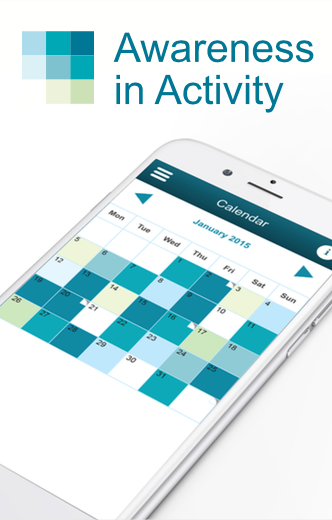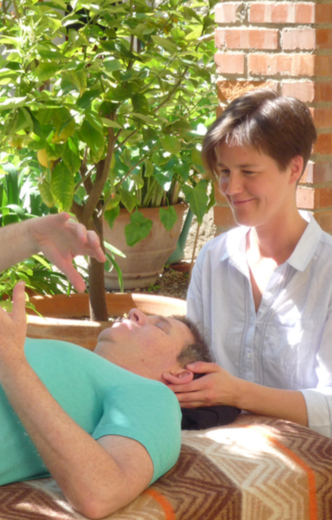(The Strad, Improve Your Playing) February 6, 2016
Gina Roberts-Grey
Dr Tomas Cotik gives an introduction to the method and demonstrates techniques and exercises
This article covers a wide array of techniques and simple ways in which performers of all levels can achieve a more natural approach to instrumental playing by improving ease and freedom of movement. Practising these exercises will refine and heighten kinesthetic sensitivity offering the performer a control which is fluid and lively, enhancing performance and helping avoid unnecessary tension, pain, and potential injuries.
Identifying the subconscious habits that interfere with the operation of our innate coordination is the first step and more than half of the work in cracking them. A usual interference is the ‘startle reflex’, a movement-stopping reaction that kicks in when we are suddenly frightened. This is a very useful resource when we are about to step on a cliff, but counterproductive when we introduce it into our playing due to fears of a difficult shift, an audition, or an important concert. Other people tighten to set their bodies before they move with the unconscious assumption that this will improve their accuracy.
To help correct this, the teacher can ask the student to stop in the middle of the piece, leaving the bow on the instrument. The next step is to tell the student to unlock the knees, release the neck, release the jaw, allow the arms to flow out of the back, release the twist to the left in the torso, and then continue to play.
It is more important to practise taking care of the body than to focus solely on getting the passage right. Trying hard and wanting too much can lead to bad habits which are subconsciously associated with the goals. Patience is essential; as is not getting emotional about mistakes.
When we watch very good players, we can observe different bow grips, positions, etc. It is not as much a matter of position but of the inner kinesthetic feeling and directions: What remains the same is their freedom of movement and being in balance.
Alexander1
Techniques and Exercises*
http://www.thestrad.com/elements-of-alexander-technique-discovering-a-natural-approach-to-string-playing/







